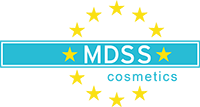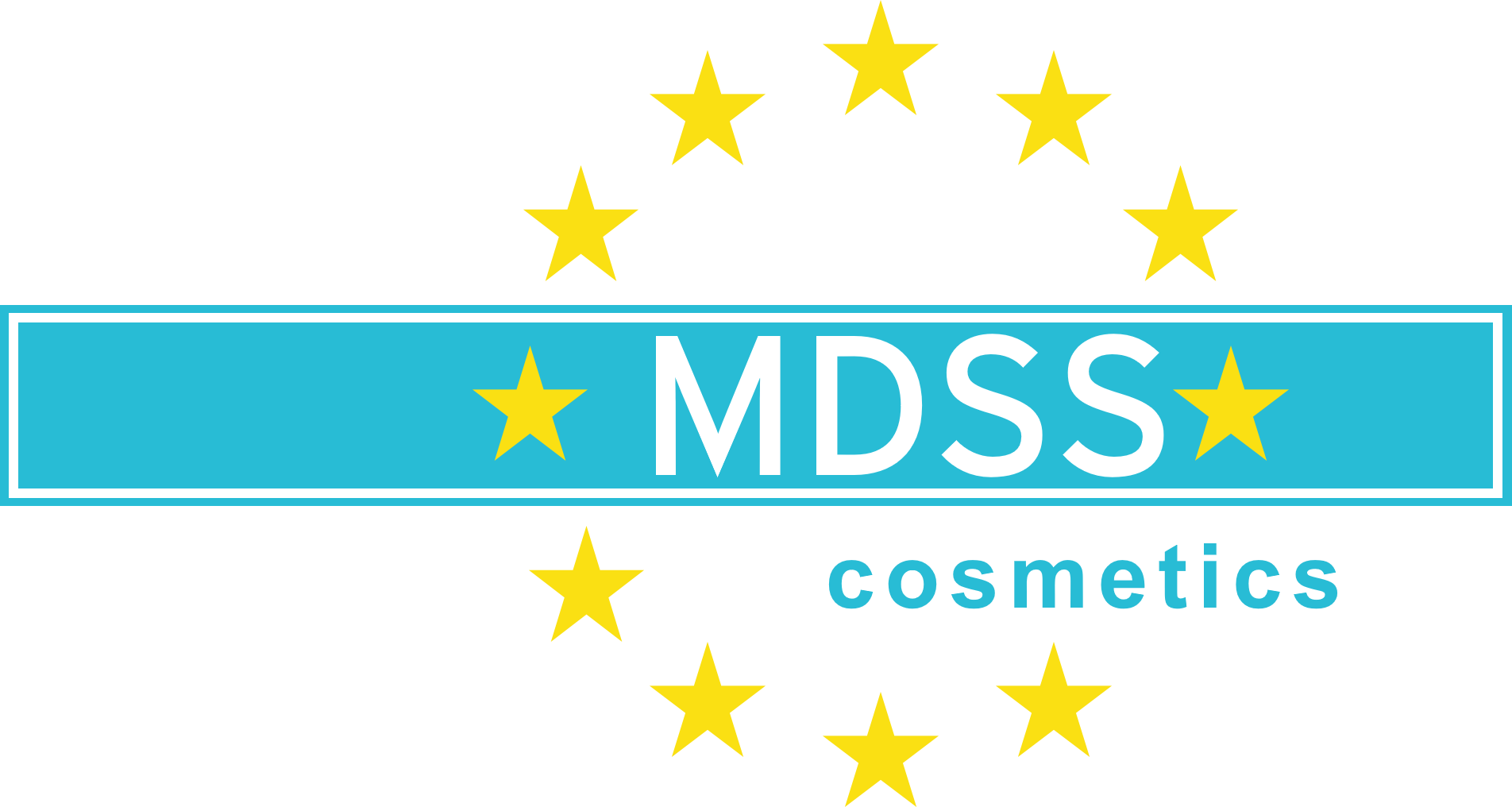- November 1, 2022
- Posted by: MDSS Cosmetics
- Category: Cosmetics

On 13th April 2022[1], the French Regulation banning printing inks containing certain percentages of mineral oils has been issued by the French government. The ban of the affected substances will enter into force on 1st January 2023 and then apply to all printing ink technologies and printed products manufactured with them. Although a national regulation, there may be of course an impact on the free movement of goods throughout the EU.
The legal text does not provide distinctions between different types of products concerned (e.g. packaging, graphic products, manuals, etc.) and materials used (paper boxes, plastic bottles, etc.), or the printing technologies.
The substances concerned by the ban are:
Mineral oil aromatic hydrocarbons (MOAH) with 1 to 7 aromatic rings;
Mineral oil saturated hydrocarbons (MOSH) with 16 to 35 carbon atoms.
The limits refer to the weight in the ink (not on printed products) and are to be introduced in two steps:
From 1st January 2023:
MOSH C16 to C35: 1%
MOAH (1-7 rings): 0.1%
From 1st January 2025:
MOSH C16 to C35: 0.1%
MOAH (3-7 rings): 1 ppb
The conditions for the implementation of this prohibition were originally specified in a preceding French Regulation of 29th December 2020[2], regarding mineral oils containing substances affecting the recycling of waste, or limit the use of recycled materials because of their risks to human health.
On 3rd February 2022, France notified the draft for the new Regulation via the “Technical Regulations Information System” (“TRIS”)[3]. The standstill period ended on 7th April, 2022.
Beside the comments provided by some EU countries, an official statement has been issued by the “German Printing and Media Industries Federation” (BVDM) on 1st March 2022[4].
According to the BVDM statement, although the Regulation is a national one, any EU suppliers of printed products could be significantly affected. The BVDM criticizes the impact on the free movement of goods which is practically limited. In addition, they also highlight the technical difficulties on applying to the new legal maximum values. From BVDM’s perspective, the restrictions provided by the French regulation are set far too low and are therefore not realistic.
The cosmetics industry may not be directly affected. However, packaging suppliers should take these changes into account.
References:
[1] https://www.legifrance.gouv.fr/jorf/id/JORFTEXT000045733481
[2] https://www.legifrance.gouv.fr/jorf/id/JORFTEXT000042754025
[3] https://ec.europa.eu/growth/tools-databases/tris/en/search/?trisaction=search.detail&year=2022&num=4
[4] https://www.bvdm-online.de/meldungen/bvdm-gibt-stellungnahme-zur-geplanten-franzoesischen-druckfarbenverordnung-ab/



